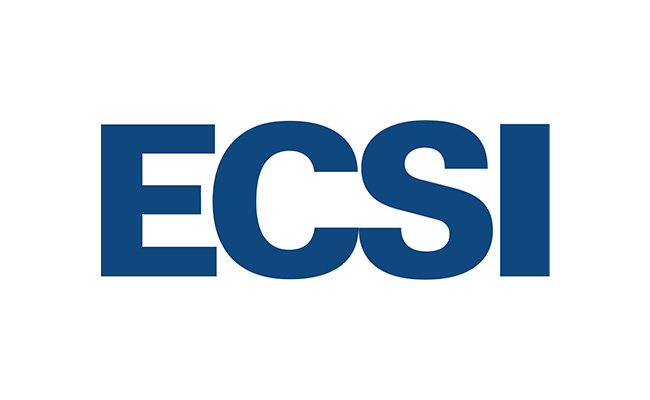Digital customer service definition.
Simply put, digital customer service is the provision of customer support through digital channels such as email, chat, text (SMS), social media, and messaging. Customers seek support from organizations for a multitude of reasons including checking on order status, complaining about products, or canceling credit cards. Digital customer service allows them to do this using their smartphone, tablet or computer. It essentially eliminates the need (ideally) for a phone call.
Even though a phone call isn't involved, that doesn't mean an agent isn't part of the interaction. Email and chat, two of the most commonly used digital channels, still rely heavily on agent support, although innovations such as chatbots are automating some of the tasks agents perform. If a customer really doesn't want to interact with an agent (hey, we've all been there!), they can use self-service digital channels like a company's mobile app or website. Digital customer service offers options.
What do consumers think of digital customer service?
In general, consumers are positive about digital customer service, although there's a wide range of satisfaction and adoption levels among individual digital channels. For example, chat and email have high usage rates, high satisfaction scores, and are among consumers' most preferred service channels. On the other end of the spectrum, social media and virtual assistants on mobile phones have low adoption and the lowest satisfaction scores among all channels.
The factors that appear to be driving digital customer service satisfaction levels are convenience, speed of issue resolution, and a low level of effort required on the customer's part. No surprises there, but the lesson is that not all digital channels are equal in how they deliver those benefits. Yet. Some of them are still in the very early stages of their life cycles.
How should businesses move forward with implementing digital customer service?
First, organizations need to determine which digital channels are right for them and their customers. Don't shy away from newer channels but also don't bite off more than you can chew. Businesses also need to implement the right technical platform - one that supports multiple digital channels, includes omnichannel abilities, provides a unified agent desktop, and is flexible enough to accommodate future needs. And it's important to manage the effort holistically so that digital customer service is fully integrated into the overall service delivery model.
Offering digital customer service is now a "must have" for businesses. Organizations need to meet customers where they are, which means going digital.








